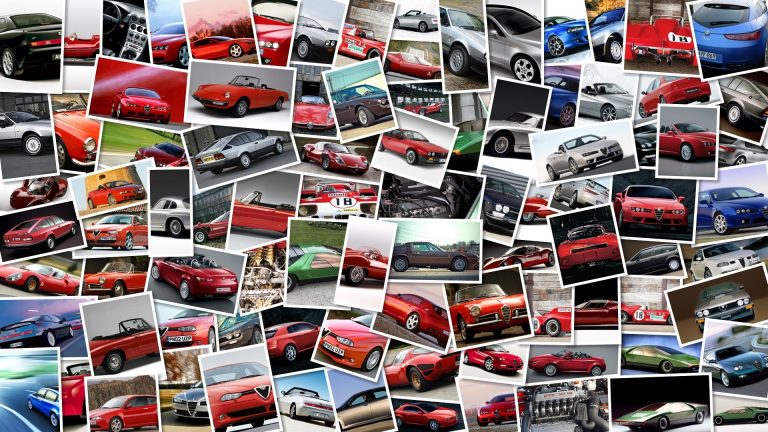
The new Honda VFR1200F (Honda V4) has created total waves of publicity and interest since the first VFR1200F pics and videos.
And our colleagues at Motoblog.
it have got their hands on the first ever Honda VFR1200F test ride to see just what all the hype is about.
It’s easy to approach a much talked-of bike with some trepidation, if not downright scepticism, given the high expectations created by market hysteria.
While this may mean that the guys at Motoblog undertook a test ride initially careful about enthusiasm for the new VFR1200F, happily for Honda, they can say they, at least, are convinced.
First up in what one notices about the bike is the quality of its materials: from the the assembly, to the finishings and paint job, this is all over a very well put together machine.
The instrumentation is minimalist in style, clear and easy to read, and the fairing is sober in style, making it look slighter and more compact than the VFR1200F photos give it justice.
The front is also more stylish and convincing when seen “live”, and the tail elegantly tapers out to the end.
It pairs with the lovely rear swing arm, and though you will find some black plastic features around and under the seat area, they are there for a practical reason.
The seat is ergonomic and comfortable, and proves very different to expectations, fitting around a narrow tank that is slimmer than other bikes in this segment.
The seat is even narrower than many sports bikes, and is much higher to give full protection from the wind and allow for comfortable highway riding.
The overall riding position is one of safety and comfort, allowing for great control and feel.
The rider feels stable when cornering and braking; the shape of the tank and seat make for easy and intuitive riding without exacting too much effort from the rider even when accelerating hard.
The VFR1200F ride is extremely surprising.
It is simple, easy and comfortable, but agile and manageable even in city traffic.
It is more manoeuvrable than other bikes in its class and will even compete with smaller offerings in this segment, such as the Honda Deauville or the BMW F800ST.
This is a step-ahead but is nothing revolutionary so far.
For highway use, the Honda VFR1200F is comfortable, with well-studied aerodynamics protecting the rider from the wind.
This is a big improvement on the Honda VFR V-Tec.
In accelerating the new Honda demonstrates great stability and manageability and it is at high speeds that you’ll discover the excellent aerodynamics and rider protection.
The fairing is smooth and shaped to achieve this, and the overall isolation of the rider from wind and noise is impressive.
Moving on to the less touring aspects, and examining the sportier qualifications of the new Honda VFR1200F, we find that this is an exciting bike to ride.
Here, the innovation of this new bike comes to the fore, and we can take a look at whether it delivers on the emotion all riders want from a sports bike.
The traction has more sports feel than touring, and combined with an impeccable transmission, this is a smooth but smart bike to ride.
Any lag in acceleration or brusque feedback between transmission and throttle is completely absent in the VFR1200F.
The transmission is more like a chain transmission than anything else we’ve seen so far, meaning moving up the gears and braking is well integrated and completely smooth.
But, really, how does this thing actually go beyond the technical speak and innovation that Honda would tell you about? The only answer is that, damn! This is one good bike.
If you love touring, or you want a sports bike, we shy away from saying that the VFR1200F can be all things to all people.
But it is a solid offering if you’re choosing one or the other, or a mix of both.
The bike is responsive, with a rapid and neutral reaction at the front when accelerating, and a gutsy motor that makes this a very satisfying ride.
You feel like you’re sitting right at the front of a bike where all the action happens.
It feels a bit like the first Yamaha R1 did back in 1998, where you’re almost sitting over the top of the front axle, close to all the steering and speed of the front wheel.
The CBR 600RR of 2003 had the same reactive, direct response, and the new VFR1200F has the same feeling of being, excitedly, at the front of your bike.
The VFR1200F weighs 240 kg but these disappear with the smooth steering and cornering.
Critically for a sports touring, it performs in that high-speed, down hill cornering where some bikes falter in having a great weight at the back moving forward.
But the new Honda contains all that, in a rear that works with the front, which is agile and responsive under quick cornering and weight transfer.
The Honda VFR1200F, while a sports touring, is still lighter than some supersports models of a few years ago (the FZR 1000 Ex Up, for example, or the GSXR 1100), but is still a more powerful and sophisticated bike.
However, to mention something that is not as glowing as what we’ve already said, we would still like to have seen a slightly lighter bike in order to get the most out of the agility and power of the engine.
This however, is something you notice when you actually see the list of technical specs for the Honda VFR1200F, because it’s not necessarily something you notice when you’re actually riding.
It’s not by chance that the new V4 has more power than the previous VFR model, up to 50 percent in fact, which can be compared with only a slight increase in weight and a lower centre of gravity.
If you’re a speed nut, then the Honda VFR1200F will give you plenty of satisfaction.
It’s perfectly capable of drag racing from traffic lights and the like, having the low and irregular sound of a V2, but being more sophisticated and elegant than other V4’s on the market, such as the 2009 R1 or the RSV V4.
It can be angry and immediate at just 4,000 rpm like some of the best V2 Ducati’s, but still has a constant and regular throttle response.
The VFR1200F has a strong personality, but can be kept comfortable at a range of between 5,000 and 10,000 rpm which has nothing to regret compared to some of the best supersports models.
If you want maximum performance, keep the revs up at between 9,000 and 12,000 where you’ll also get the most auditory satisfaction from the bike.
At over 7,000 rpm is when you’ll hear the smooth V4 sound really kick in, otherwise you’ll experience a sound closer to an in-line three cylinder bike.

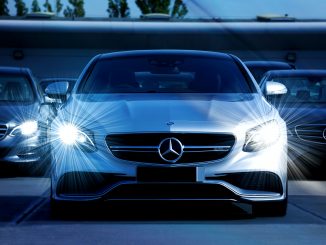
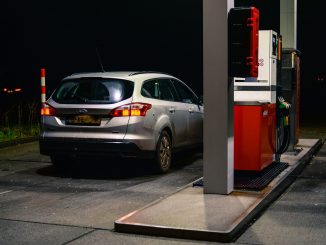
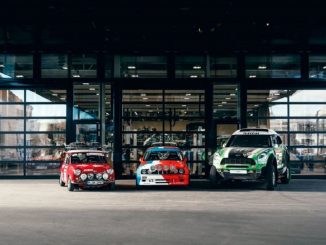
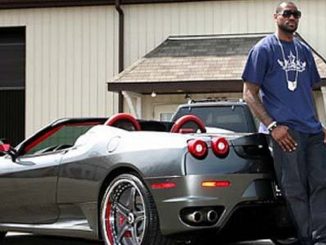
Leave a Reply